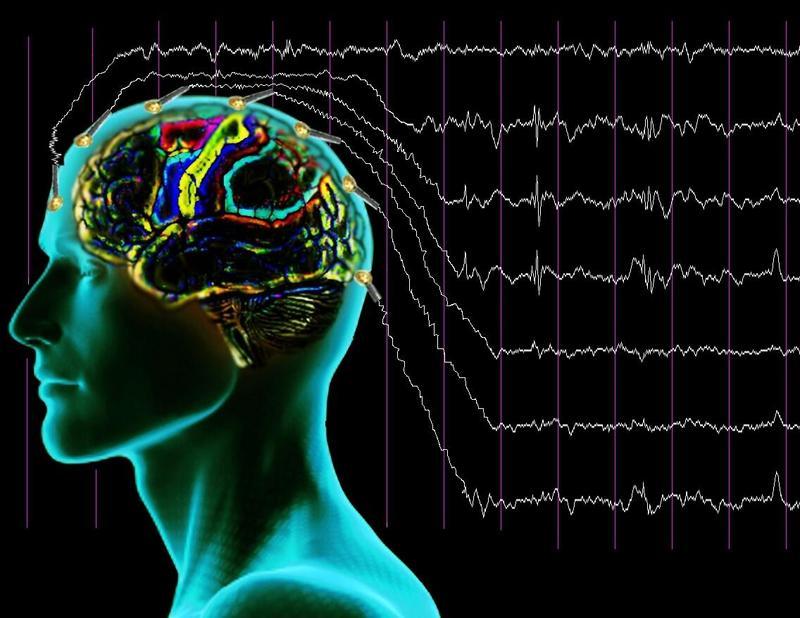BMI - THE TECHNOLOGY OF THE FUTURE
BMI - THE TECHNOLOGY OF THE FUTURE
Over the past 30 years, neurobiology has evolved rapidly and has been introduced into our lives. What once seemed like a fantasy from the distant future is now available. We can now use brain activity to change and control our environment through computers. Such technology is called BMI.
BMI converts the brain signals collected by the computer system and creates commands from them that can be executed on behalf of a person. The data is collected using electroencephalography.
What does BMI consist of?
- Signal acquisition device (electrodes with amplified signal)
- Extracting and recording signs, analysing a person's brain waves and generating their actions
- Output the information to the system and use it in a computer or mechanised device
This system started to be used back in the 1970s. Scientists first tried to use the concept on the monkey brain and later on the human brain. But the results were hard to use under those conditions. Now, with the development of information technology, scientists have been able to use this research and computerise it.
Where are EEGs used?
All mechanisms working on the EEG system collect electrical activity of the brain generated at postsynaptic membranes. This is done using electrodes as they are quite safe.
Researchers are now trying to incorporate the EEG system into neurorehabilitation. For example, people who have had a stroke or other severe trauma that has impaired their musculoskeletal function go through a long period of rehabilitation. There have been a number of studies that prove that people recover much faster with the help of the EEG.
Of course, like every phenomenon, EEG machines using BMI technology have certain disadvantages. The main one is that this technology cannot catch all of the brain's signals, as they are sometimes located outside or in hidden corners of the brain. These signals can only be picked up if a person has been practising controlling their brainwaves for a long time.
There is also an invasive method such as electrocorticography. Here the electrodes are located between the protective layers and the brain, which allows a good signal to be obtained at low clinical risk, and it also allows cortical activity to be read. Electrocorticography is currently being used to develop robotic arms, as well as to create speech machines for dumb people.
Where is an EEG not used?
Neuro-gaming is an interesting app that relies not only on brainwaves, but also on other parameters such as heart rate, pupil size, facial expression and so on. In it, the computer game is tuned to a person's mood. The app has enabled the team of scientists to help children with musculoskeletal problems.
Neurofeedback is a non-EEG method that monitors muscle contraction using electromyography. This method allows you to monitor your mental state and manage illnesses such as hyperactivity, attention deficit, teeth grinding and others.
To summarise, BMI is a very important evolving field of science that can offer us new ways of treating complex diseases. In the near future, medical professionals will be able to better understand the human brain and the processes that take place in it, and to incorporate this knowledge into machines. Interested? We are looking forward to more research and discoveries!
